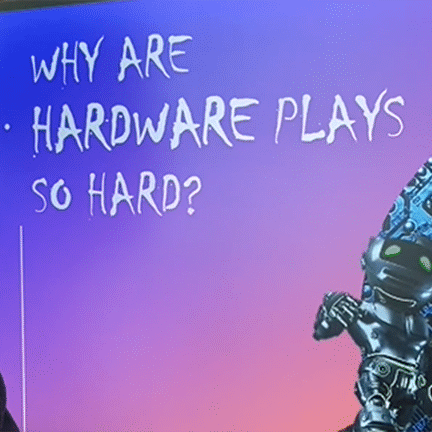It may be surprising to hear that a technology investor thinks it’s hard to invest in hardware.
In Nick Kingsbury’s latest startup success video, we hear the perspective of a successful software entrepreneur. In software, businesses enjoy low cost of sale, practically zero distribution cost and no “stock”. You can grow a software startup cheaply compared to those building physical products.
Get hardware right though and, as Amadeus’ 23-year track record has shown, the potential is huge. Barriers to entry can make hardware a strong, sustainable business. Our most recent unicorn being AI chip manufacturer Graphcore.
Check out Nick’s advice on how to avoid the hardware pitfalls in this video and Q&A.
Why is the revenue model such a big issue?
A few years ago, I was involved with a hardware company that sold units. At the start of each month, quarter and year, there was a great prospect list and existing customers buying more but, oh boy, there was always a hill to climb. Often, we would make it but when we didn’t, the bad months were horrific. Try to find a business model that is not unit sales and has ongoing revenue. There are three good approaches depending on your offering:
• Rent the product. To make it look attractive you can include upgrades, maintenance and replacement as part of the rental. This is particularly appropriate where there is significant value in the software or the data – for example, your computer vision system gets smarter over time through use by your customers.
• If your product has consumables, sell the basic unit but then charge a premium for the consumables (so long as you can control the supply). This is often called the razor blade model (sell the razor handle separately from the compatible razor blades). Nespresso has such a model; it offers cheap machines and the coffee pods are where it makes its profit.
• Lastly consider the photocopier model. Sell the machine cheap or free and charge per copy; the system maintains a count of usage and you bill on that basis.
Both of the last two have the advantage of linking the cost to value for the customer. See also “The Subtle Art of Pricing” video for more on how to structure pricing.

